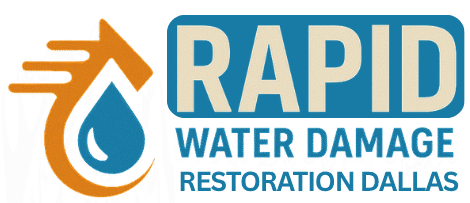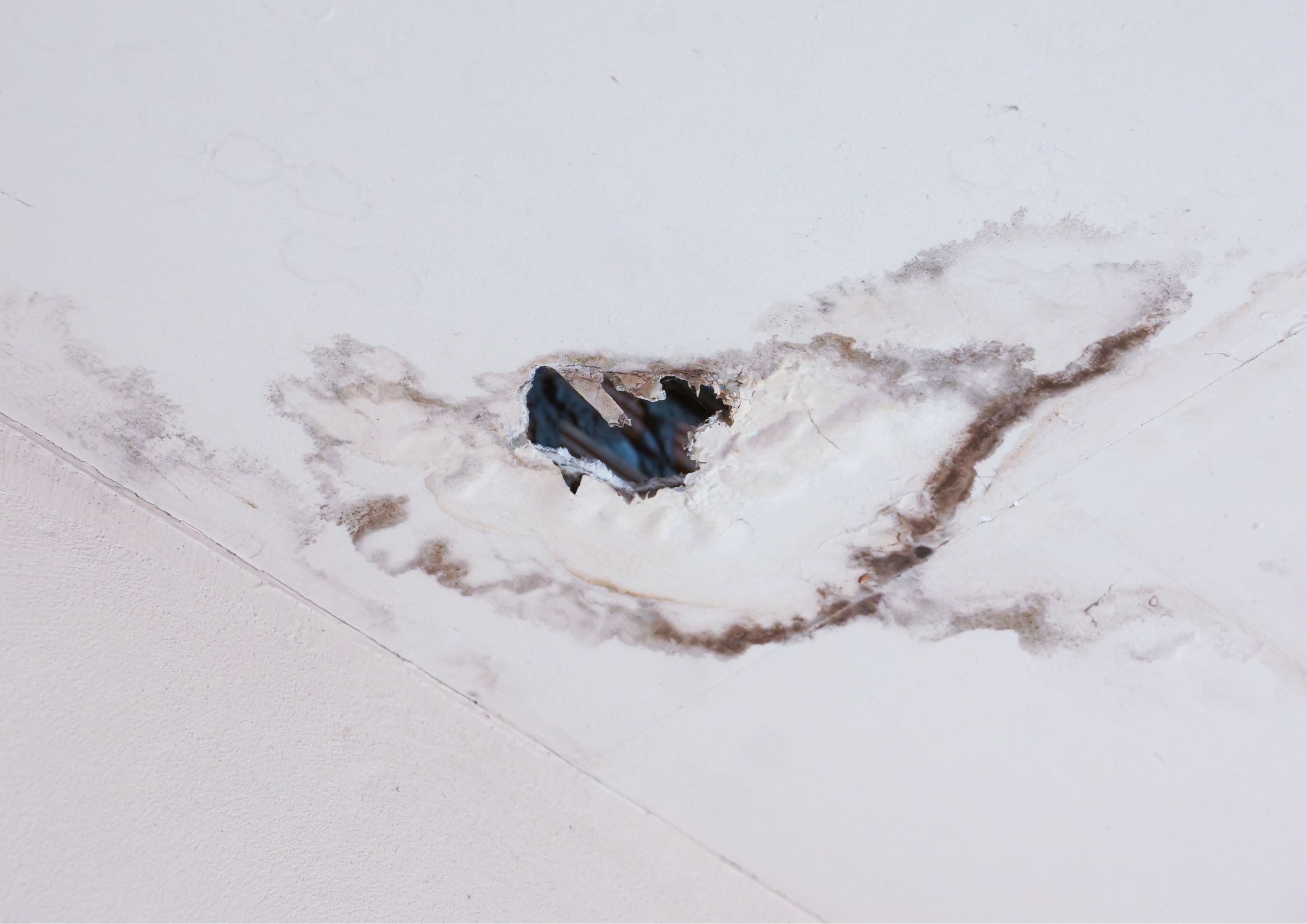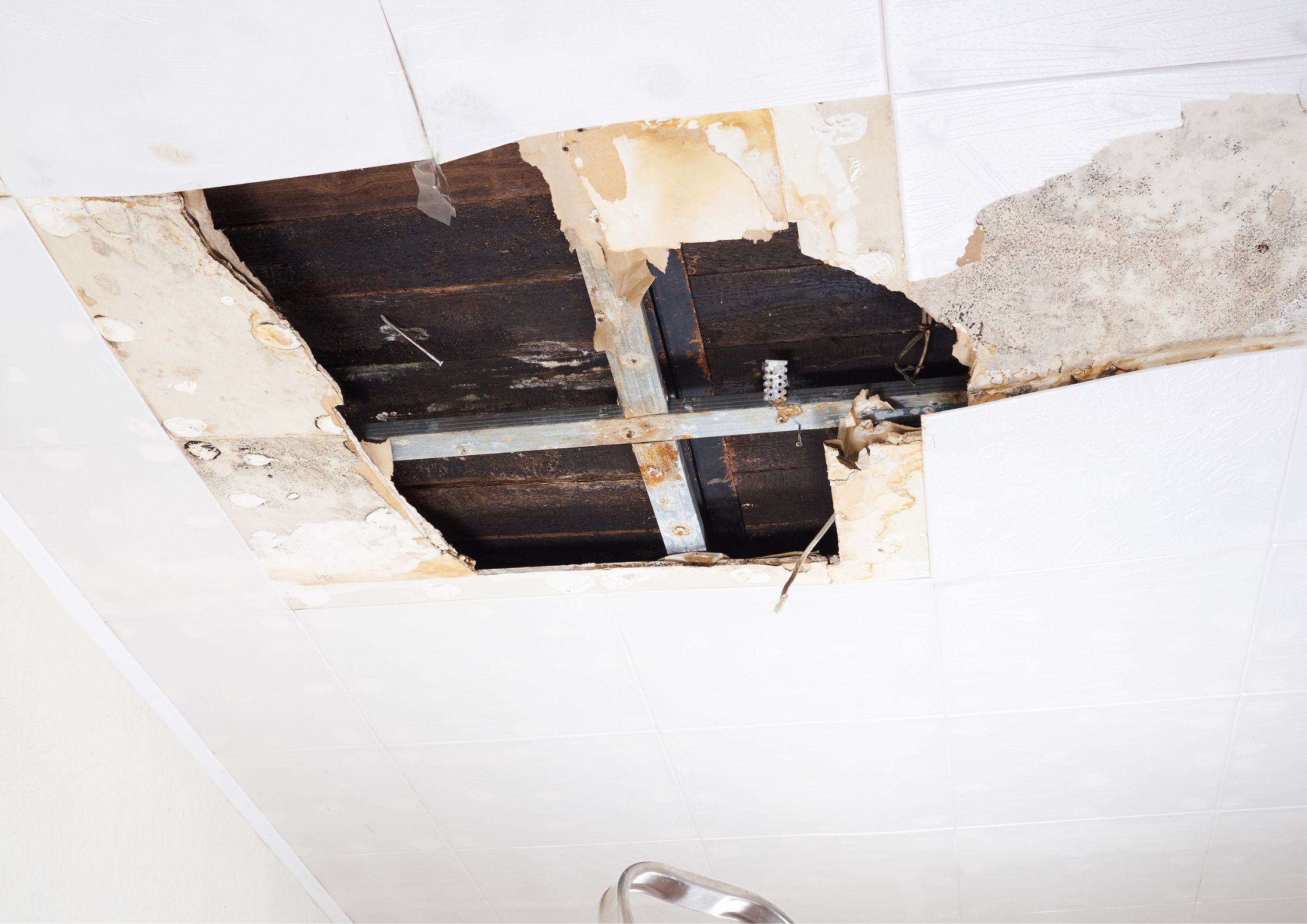Ceiling water damage may seem minor at first, but delaying repairs can lead to significant and costly consequences. Ignoring even small leaks can result in mold growth, structural weakening, electrical hazards, and escalating repair costs. This guide explains the risks of leaving ceiling water damage unchecked and offers practical strategies to protect your home.
Why Addressing Ceiling Water Damage Quickly Is Crucial
Water can spread quickly through ceilings, weakening materials and creating hidden problems. Acting early reduces long-term damage, protects indoor air quality, and prevents safety hazards. The longer you wait, the more complex and expensive repairs become.
The Major Risks of Ignoring Water Damage
Understanding the potential consequences highlights the importance of prompt action.
1. Mold Growth: The Invisible Threat
- How it Happens: Moisture trapped in ceilings provides an ideal environment for mold spores to grow.
- Health Impacts: Mold can trigger allergies, asthma attacks, respiratory irritation, and other health issues.
- Spread: Once established, mold can move to walls, insulation, and even HVAC systems.
Action: Inspect ceilings regularly and address leaks immediately to prevent mold from taking hold.
2. Structural Weakness: Compromised Safety
- Affected Components: Beams, joists, and drywall can weaken as water soaks through.
- Long-Term Damage: Over time, weakened structural elements may sag, crack, or fail, creating safety hazards.
- Preventive Step: Early repair stops water from undermining the structural integrity of your home.
3. Electrical Hazards: Hidden Dangers
- Risk Factors: Water near wiring, outlets, or ceiling-mounted fixtures increases the chance of short circuits or fires.
- Personal Safety: Wet ceilings can pose a direct shock hazard to anyone in the area.
- Insurance Considerations: Some policies may not cover damage caused by unaddressed water issues.
Tip: Turn off electricity near affected areas and consult professionals if damage is significant.
4. Higher Repair Costs: Minor Problems Become Major
- Escalating Damage: Small leaks can spread, causing extensive damage to ceilings, walls, and insulation.
- Cost Implications: Early intervention is far less expensive than repairing widespread water damage.
- Time Factor: Quick action reduces both repair complexity and downtime in your home.
Steps to Address Ceiling Water Damage
Taking the right steps can minimize risks and prevent recurring issues.
- Identify the Source: Determine whether the water comes from roof leaks, plumbing, HVAC condensation, or appliances above the ceiling.
- Stop the Water Flow: Turn off the water supply for plumbing issues or use temporary measures like tarps for roof leaks.
- Dry the Area: Utilize fans, dehumidifiers, and ventilation to remove moisture quickly.
- Remove Damaged Materials: Discard drywall, insulation, and paint that are beyond repair.
- Schedule Repairs: Fix the source of the leak and restore the ceiling to prevent future problems.
For a comprehensive guide, see our ceiling water damage repair services.
Preventing Future Ceiling Water Damage
Preventive measures can save time and money by reducing the risk of leaks and water-related issues:
- Regularly inspect and maintain your roof.
- Keep gutters and downspouts clear to ensure proper water drainage.
- Service plumbing and HVAC systems annually.
- Install leak detectors near water sources and appliances.
- Address small leaks promptly before they escalate.
When to Seek Professional Help
Some ceiling water damage situations require expert intervention, especially when:
- Stains are widespread or recurring.
- Ceilings are sagging or show signs of structural compromise.
- Mold is present or suspected.
- Electrical systems are at risk.
Learn more and get professional assistance through our contact page.
Conclusion
Ceiling water damage is not just a cosmetic issue—it’s a risk to your home’s structure, safety, and air quality. Mold growth, weakened supports, electrical hazards, and higher repair costs are all potential consequences of delaying action. By identifying water sources, drying affected areas, and repairing the damage promptly, you can protect your home, reduce expenses, and maintain a safe living environment.
Don’t wait for a small leak to become a major problem. Explore our ceiling water damage repair services or contact us for guidance and professional help.




